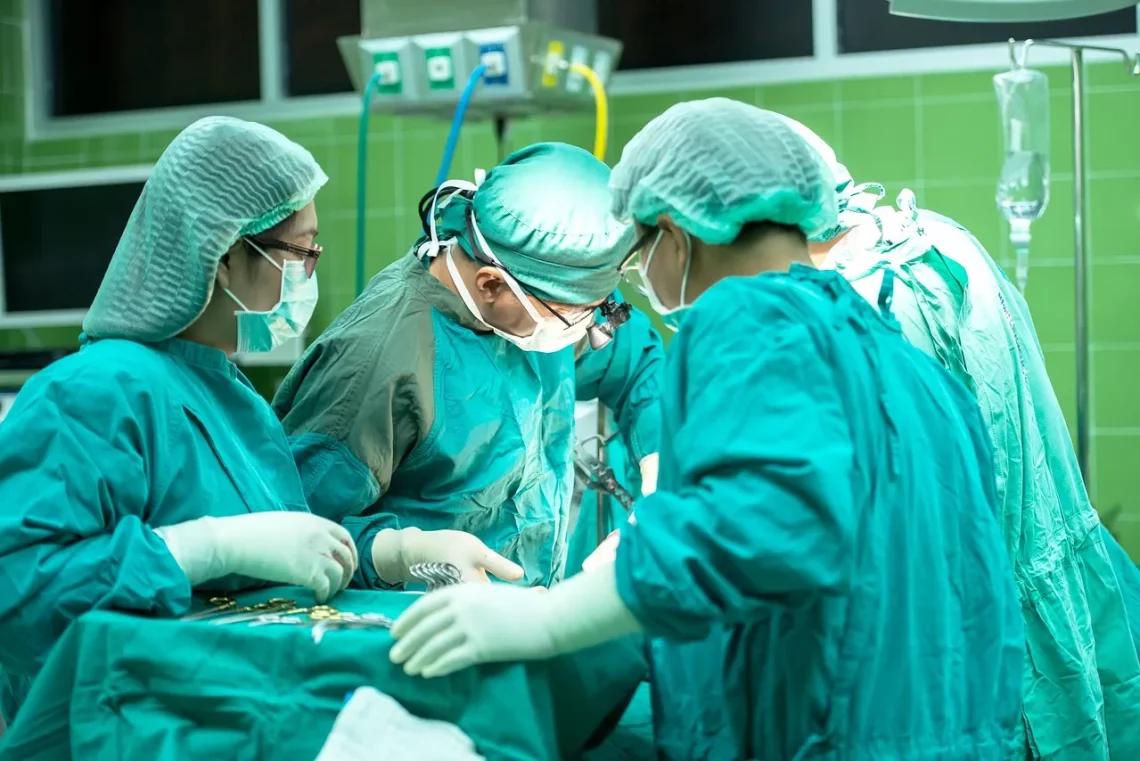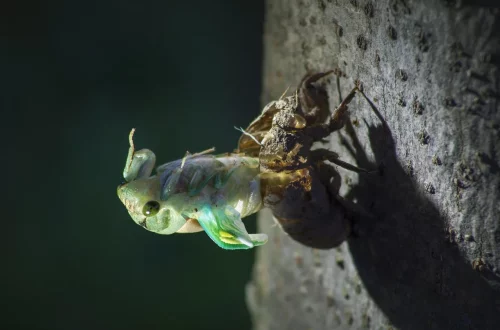
How Long Does a Spay Surgery Take for Your Pet?
When it comes to the health and well-being of our furry companions, responsible pet ownership entails making informed decisions about their medical care. One common procedure that many pets undergo is spaying, especially for female animals. This surgical operation not only helps control the pet population but also has significant health benefits for the animals themselves. However, for many pet owners, the thought of surgery can be daunting, bringing up questions about the process, recovery time, and overall implications for their beloved pets.
Understanding the intricacies of spay surgery can alleviate some of the anxiety associated with it. Pet owners often wonder about the duration of the procedure, the factors that influence the time it takes, and what to expect during the recovery phase. These considerations can play a crucial role in preparing for the surgery, both emotionally and logistically. Knowing how long the surgery will last, along with understanding the pre-operative and post-operative care, sets the stage for a smoother experience for both the pet and the owner.
By delving into the details of spay surgery, pet owners can better equip themselves for this important decision. This understanding not only fosters a sense of preparedness but also enhances the bond between pet and owner during the journey to a healthier life.
Understanding the Spay Surgery Process
Spay surgery, also known as ovariohysterectomy, is a surgical procedure that involves the removal of a female animal’s ovaries and usually the uterus. This operation is performed under general anesthesia, ensuring that the pet feels no pain during the process. The procedure is typically done in a veterinary clinic and can take anywhere from 30 minutes to a few hours, depending on various factors.
The first step in the spay surgery process involves a comprehensive pre-operative assessment. This includes a physical examination and possibly blood tests to ensure the pet is healthy enough for anesthesia and surgery. The veterinarian may also provide instructions for fasting prior to the operation, which helps reduce the risk of complications during the procedure.
Once the pet is deemed fit for surgery, the actual operation begins. The veterinarian makes an incision in the abdomen, accesses the reproductive organs, and carefully removes them. This part of the procedure is crucial and requires precision to avoid damaging surrounding tissues. After the organs are removed, the veterinarian will close the incision with sutures or staples, which will need to be monitored during the recovery phase.
Post-surgery, the pet is typically kept in the clinic for observation as they wake up from anesthesia. This monitoring period allows the veterinary staff to ensure that the pet is recovering appropriately and that there are no immediate complications. Depending on the individual case, pets may go home the same day, or they might require an overnight stay for more extensive monitoring.
Overall, understanding the spay surgery process helps pet owners appreciate the care and expertise involved in ensuring their pet’s safety and well-being during this essential procedure.
Factors Influencing Surgery Duration
The time it takes for a spay surgery can vary significantly based on several factors. One key element is the pet’s age and health status. Younger and healthier animals tend to have quicker procedures and recoveries, while older pets or those with pre-existing health conditions may require more time for both the surgery and the recovery process.
Another influencing factor is the size and breed of the animal. Smaller dogs and cats generally undergo faster procedures, while larger breeds may take longer due to the complexity of the surgery and the amount of tissue involved. Additionally, the veterinarian’s experience and the type of facility where the surgery is performed can also affect the duration. A well-equipped veterinary clinic with experienced staff may complete the procedure more efficiently than a less equipped facility.
The specific surgical technique used can also play a role. For instance, some veterinarians may offer minimally invasive laparoscopic spays, which can shorten recovery times and reduce the duration of the surgery itself. This technique involves smaller incisions and can lead to less pain and scarring for the pet.
Moreover, unexpected complications during the surgery can extend the time required. If a pet has a unique anatomy or if there are issues such as excessive bleeding, the veterinarian may need additional time to address these challenges safely.
Understanding these factors can help pet owners set realistic expectations regarding the duration of the surgery and prepare for the time required for both the procedure and the subsequent recovery.
Preparing for Your Pet’s Spay Surgery
Preparation is a vital component of ensuring a smooth spay surgery experience. Pet owners should start by scheduling a pre-operative consultation with their veterinarian. This appointment allows for the discussion of any concerns, as well as the opportunity to ask questions about the procedure. The veterinarian can provide personalized guidance based on the pet’s health, age, and breed.
In the days leading up to the surgery, pet owners should follow any pre-operative instructions provided by the veterinary team. This may include fasting the pet for a specific period prior to the surgery to reduce the risk of complications during anesthesia. It’s essential to adhere to these guidelines for the safety of the pet.
On the day of the surgery, pet owners should ensure that their pet is comfortable and calm. Bringing along a favorite toy or blanket can help ease anxiety. It’s also important to arrive at the veterinary clinic on time to allow for the necessary pre-surgical preparations.
After the surgery, pet owners should be prepared for the recovery process. This includes arranging a quiet, comfortable space at home for the pet to rest. Following the veterinarian’s post-operative care instructions is crucial, as it will help prevent complications and promote healing. This may involve administering pain medication, monitoring the incision site for signs of infection, and restricting the pet’s activity to allow for proper recovery.
Being well-prepared not only helps ensure a successful surgery but also fosters peace of mind for both the pet and the owner during this crucial time.
Post-Surgery Care and Recovery
The recovery process following a spay surgery is an essential phase that requires attentive care from pet owners. After the procedure, pets may still be groggy from the anesthesia, and it’s important to keep them calm and comfortable. Providing a quiet, warm space where they can rest is crucial during the first few hours or days post-surgery.
Monitoring the incision site is vital to ensure that it is healing properly. Pet owners should look for signs of swelling, redness, or discharge, which could indicate an infection. If any such symptoms develop, it is essential to contact a veterinarian promptly.
Pain management is another critical aspect of post-surgery care. The veterinarian will typically prescribe pain relief medication to help manage discomfort. It’s important for pet owners to administer this medication as directed and observe their pet for any adverse reactions.
Activity restrictions are also necessary during the recovery phase. Pets should be kept from jumping, running, or engaging in vigorous play for at least 10-14 days or as advised by the veterinarian. This helps to prevent strain on the healing incision and reduces the risk of complications.
Follow-up appointments are often recommended to ensure that the pet is healing well. The veterinarian may check the incision site, remove sutures if necessary, and assess the overall recovery process. Following these guidelines can help ensure a smooth and speedy recovery for the pet, allowing them to return to their normal activities in good health.
**Disclaimer**: This article is not intended as medical advice. For any health-related concerns or questions about your pet’s well-being, please consult with a qualified veterinarian.




